
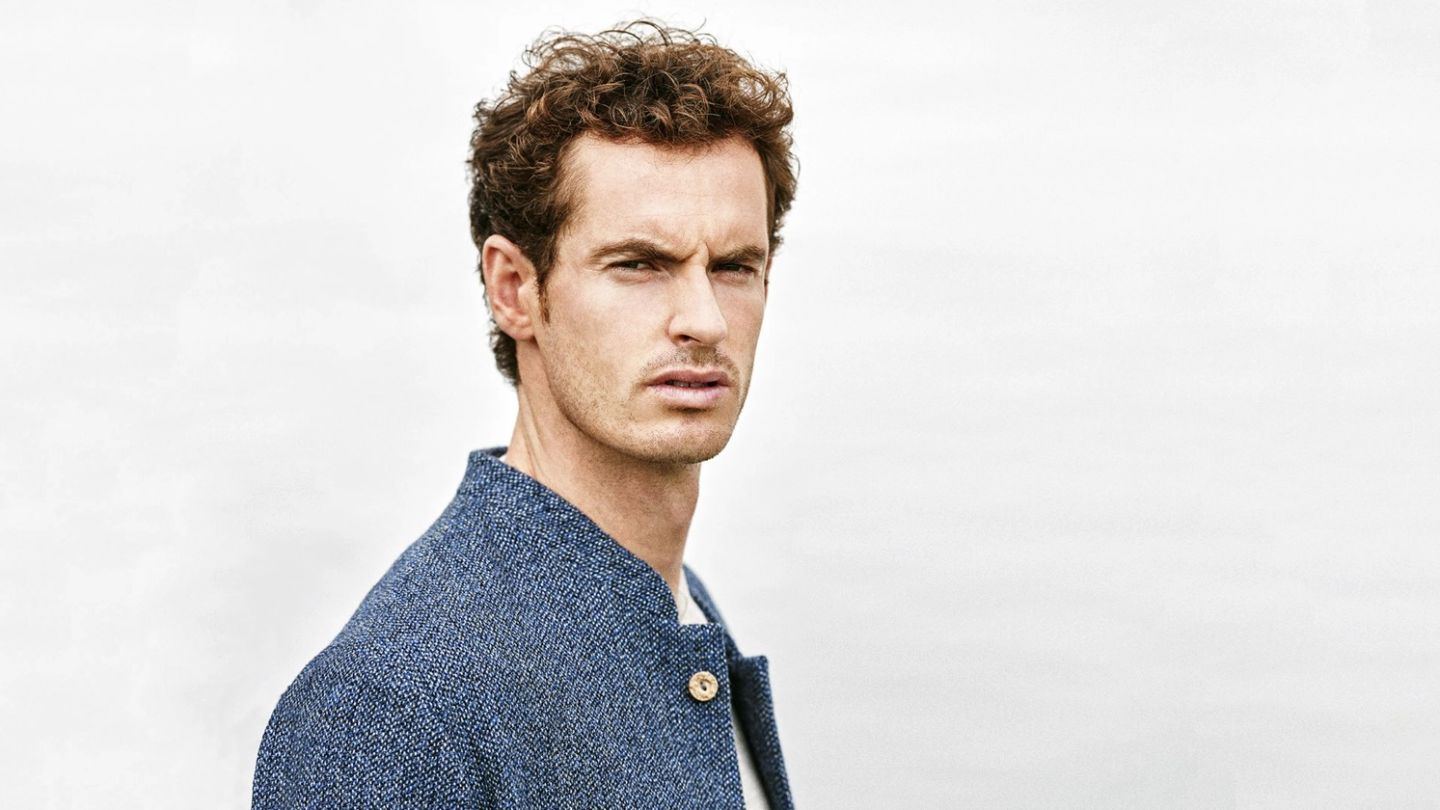
Words: Jonathan Wells
Photography: Philip Sinden/Camera Press
Andy Murray has made a lot of mistakes. Not my words; the sportsman’s own. And he’s right. He may have three grand slam titles, two Olympic gold medals and a Davis Cup win that argue to the contrary, but the tennis champion’s life has suffered its fair share of self-imposed faults, hitches and handicaps.
In fact, as we speak (chatting down a crisp Miami phone line) Murray finds himself in the midst of yet another misadventure. He’s horizontal; halfway through a physical therapy session and punctuating our conversation with stifled groans and sharp intakes of breath. His physio is kneading him — needling the pains and problems from Murray’s muscles. And I’m playing psychiatrist — listening to the the athlete therapeutically, cathartically recount his more metaphorical pains of the past.
Little does Murray know that tomorrow, mere days before the Miami Open is set to start, he will be forced to withdraw from the tournament — adding further insult to an already particularly nasty groin injury.
“There’s been lots of things,” he sighs. “Me and my brother first signed a deal with a management company when were 12 or 13-years-old. And you rely on these experts to help guide you — but I don’t think management companies always have their athletes’ best interests at heart. Signing athletes at 12 or 13 suggests that they don’t.
A grunt, and Murray continues. “Because, you know, does a kid really need the pressure of one of the biggest management companies in world sport looking after them at that age? I don’t know if that’s the right message to send. So yes, there are a lot of things that I wish I had done differently. And that’s one of the mistakes, for sure, I made when I was younger.”
There’s an impressive pragmatism to Murray; a strong, sensible expectation that rough doesn’t always precede smooth. It may sound pessimistic, but the Scotsman’s career can be measured out in gritted teeth, bitten bullets and labral tears. Even now, while he says it’s very nice to be back in Miami, there’s a sunny bittersweetness to his return: “It was here that I decided to stop playing,” he says, “so it feels weird being back”.
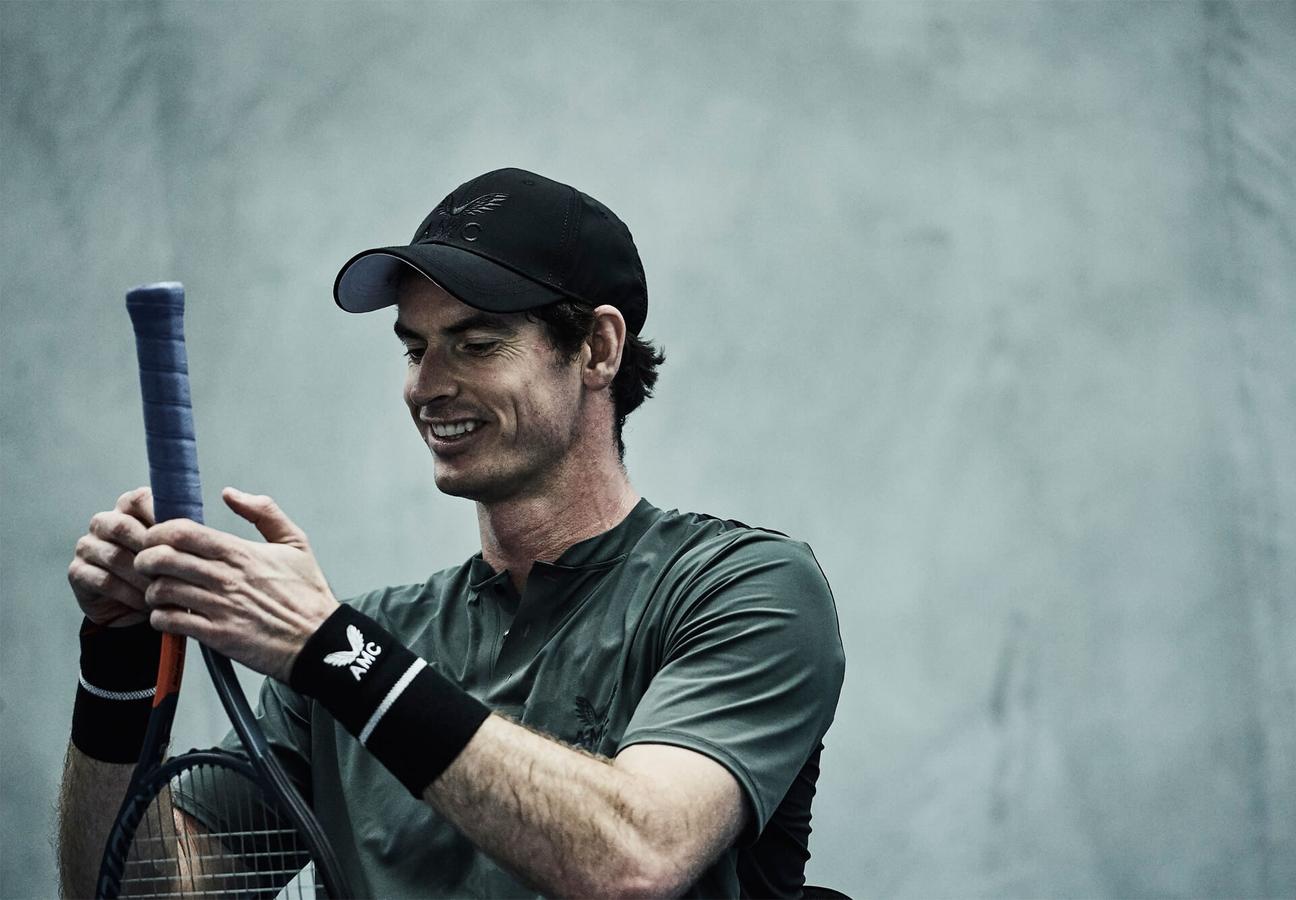
But Murray has travelled more than most this past year. He went stateside in September, before playing half a dozen tournaments across Italy, Germany, France and Holland. It’s been odd, he says, globe-trotting while others are self-isolating at home. And the international travel, as freeing as it may feel, has stirred up yet another regret of his youth.
“In my younger years,” Murray says, “I always used to travel with my PlayStation, I didn’t really go out and see the sights or do the touristy things. And I kind of regret that now. I wish I had done it a bit more. Because we got to go to some amazing places and travel all round the world. So yes, I do regret that a little now — because it was such a great opportunity to see such an amazing things. But, usually, when we arrived we’d just train.”
"That’s one of the mistakes, for sure, I made when I was younger..."
Of course, that training served an important, world-beating purpose. Murray first entered the ATP top 100 in 2005, when he was just 17-years-old — and spent his early career beating and setting multiple world records. He’s one of three players to achieve runner-up finishes at all four Majors. He holds the most Queen’s Club Championships titles, with five. And he remains the only tennis player in history to successfully defend a Gold Medal at consecutive Olympic Games.
“But tennis is a bit different from some of the ‘true’ Olympic sports,” Murray offers on the Olympics. “Some athletes have been preparing for the event for four years. For tennis, it sits beside the grand slams. I’ve seen interviews with athletes who have been prepping for two, three, four years — dedicating a large part of their lives to getting ready. And, having it pushed back and then cancelled last year, and then the uncertainty of not knowing if it will go ahead this year? It’s tough.
“It’s really hard, actually,” he continues, “because of the amount of work and the sacrifice they’ve made. For me, it’s not the same. I love playing in the Olympics and I’ve been fortunate to compete in three of them. But, for some other athletes, that is the focal point and highlight of their careers, so it has been really, really tough for them.”
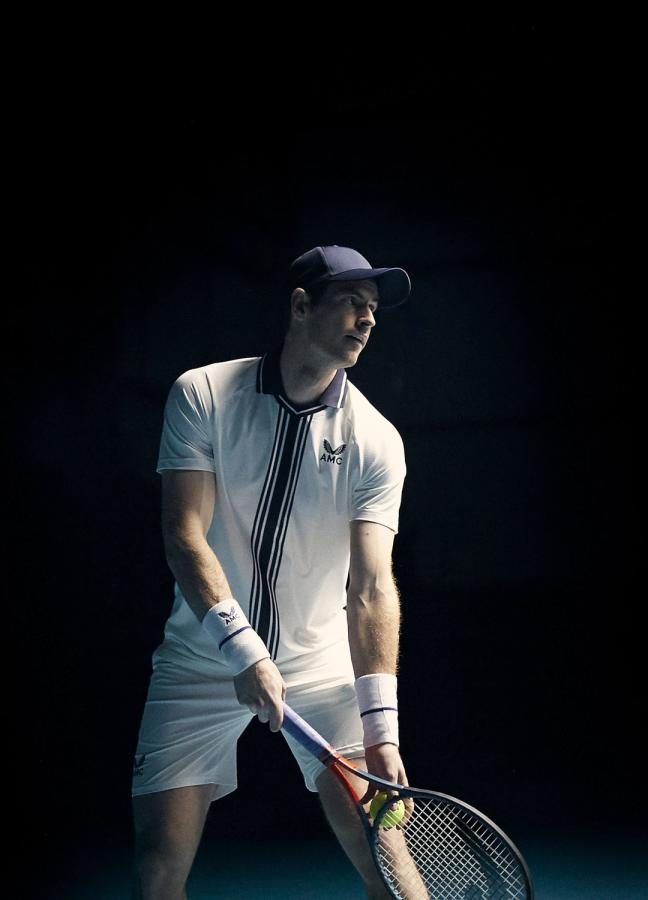
Rather than a challenge, lockdown presented Murray with an opportunity. After years of following a specific, exacting training schedule, he suddenly had the chance to rewrite his own playbook.
“For the first two months of lockdown,” the tennis champion reveals, “all of my training was done at home. I was doing a lot of cardio work and, for the first time in my life, I did some road biking. To begin with, I got a bike just to be able to go out and exercise. But I got quite into it.
“I really enjoyed it, actually,” he adds. “I actually think, when I finish playing tennis, cycling is something I want to do more of. I live 20 minutes south of Wimbledon in Surrey. So I cycled around Box Hill, where they did some of the Olympic road racing. I had two or three routes I was doing consistently. And, because I’m competitive, I was seeing if I could beat my times each week, to see if I was getting fitter. I enjoyed going up the hills — so tough, but I really loved it.”
After the first lockdown, the National Tennis Centre re-opened, and Murray’s two-wheeled dreams were rolled back into the garage. Restricted to players-only, the facility finally allowed him to get back on the court. But, due to gyms remaining closed, Murray still had to complete his off-court training sessions at home.
“It was pretty different,” Murray says with a laugh. “I’ve got three kids and my wife was pregnant. So, trying to balance the professional and the family life was tricky. The first few weeks I was getting up at 5.30am to do my gym sessions before the kids woke up. But, after a few weeks, I was like; ‘This is not worth it’. I quickly realised I couldn’t do that every morning.”
Instead, as the country passed through waves and tiers of lockdowns and quarantines, Murray relished the chance to get back onto the court whenever he could. Taking a break seems to have rekindled his original passion for playing — and tennis is a sport and social pursuit he’s recommending others take up this year.
“Perhaps this hasn’t been the case in the UK,” he considers, “but I trained in Spain and tennis is a great social sport over there. You can play it for life, and that’s what the UK needs to capitalise on much more; a club culture where you can go and hang out at the tennis club, play some tennis and have your lunch.
“I know a lot of people who have got into tennis, and then played it into their later years,” he adds, mentioning the LTA and the push for inclusivity and diversity in the sport. “With football, you have to be a little bit more careful with knees and hips and injuries and things, where as doubles tennis, for example, is a little bit easier on the body. It’s a good social sport and one you can play for a very long time.”
Football, as Murray mentions, is a young man’s game. When he was just 15, the tennis champion was asked by Rangers Football Club to train at their youth academy, but decided instead to focus on his tennis career. Over the years, Murray has kept up his passion for the sport, as well as sporting interests in golf and go-karting. But did he learn any new locked-down skills during the past year’s periods of self-isolation?
“You know what, I actually learnt more about what I couldn’t do,” he laughs. “Because, when I was home with the kids and stuff, I was just trying to find all sorts of things to keep them entertained. And there were periods in the lockdown where they were asking me to draw things and draw different animals – my wife is an artist and she paints really well.
“But they also want me to do it – and I’m dreadful at it. So terrible. And building stuff — anything creative. I’m so bad at it. I’ve never done any of it. My kids are obviously desperate for me to build stuff for them. So yes, I probably learnt more about what I can’t do – and that I’m only good at a few of things — like hand-eye coordination and a few different sports!”
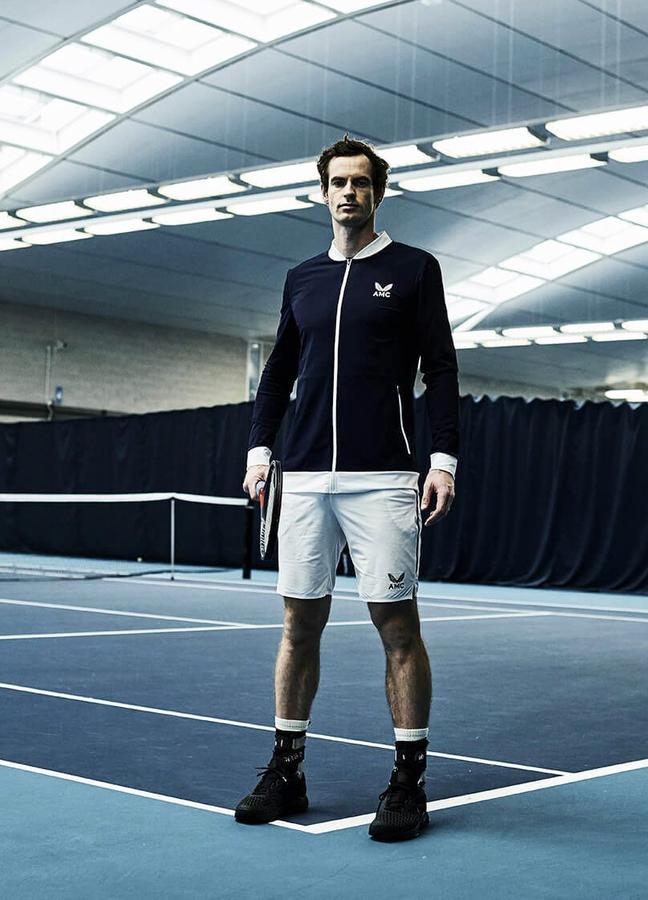
Thankfully, Murray’s sporting record speaks for itself — even if injuries do seem to be threatening his much-anticipated return. And his is a talent that’s seen him noticed by some big brands. Early in his career, Murray was sponsored by Fred Perry and German giant Adidas. But, recently, he’s partnered with a smaller British brand to create something particularly special.
“It started when we had a meeting a few years ago at Wimbledon,” Murray says of his work with premium sportswear brand Castore. “I was at a stage in my career when I had some injuries and there was some uncertainty about what would happen.
"When I finish playing tennis, cycling is something I want to do more of..."
“So the opportunity with Castore, to create a tennis brand within their existing business, was quite exciting for me — and something I could look forward to post-playing. I’d never really given much thought to what I would do when I stopped playing. But then I had the injury and there was some uncertainty and I decided to look at some things I would enjoy to do in my post-playing career.
“And that was how it started,” he says, explaining luxury sportswear label AMC. “I’m not the most fashionable person — but I know what I like on the court; comfort and performance. So I sit in the design meetings and, if I’m presented with a few different options, I’ll say what I like and don’t like – and what I would and wouldn’t like to wear. But I’m not as aware of the fashion side as some other athletes might be.”
The AMC brand boasts everything from sports shorts to sweatbands — and it marks one of the first times Murray has sunk his professional time and energy into something other than playing. This year, with the champion catching Covid-19 just before the Australian Open and with injury now forcing him out of Miami, AMC has become as much a lifeline as a livelihood; offering Murray the chance to consider life off the court.
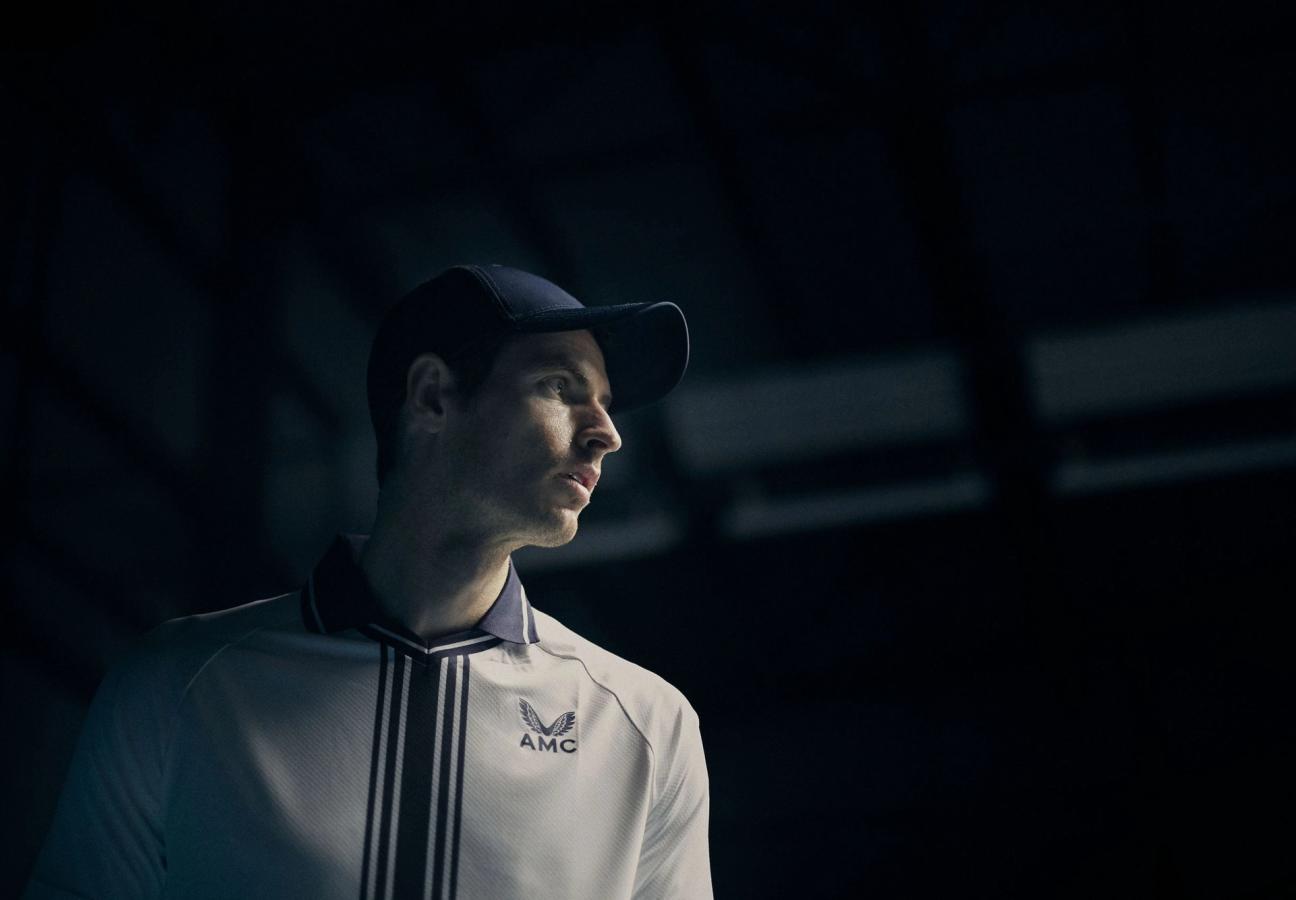
“I love sport,” he agrees, “so something else that would interest me post-playing would be working in another sport. I got asked about this a little while ago and, because I really like golf, being a caddy on a golf tour would be exciting – to be up close and personal with top golfers and to learn about another sport like that.
“There’s probably also some crossover between tennis and golf on the mental side and things,” he adds, “and helping a golfer with that might be interesting. Or getting my coaching badges in football – that would be fun.”
There’s also Murray’s own sports management company. Created with two of his business advisers, 77 Sports Management is the tennis champion’s way of mentoring young athletes and sportspeople for a modern world. He’s just a WhatsApp away from the young footballers, tennis stars and track-and-field athletes he manages — and he hopes to steer these sporting newcomers away from the same mistakes he made in his youth.
“Hopefully I can continue working with the younger athletes after my playing career,” says Murray, returning to his earlier comments on mistakes and management. “Because, as I say, I feel like I made quite a lot of career mistakes on that front when I was younger. And now, I want to help other athletes — and stop them from making those same mistakes.”
Want more interviews with Great British sportsmen? Revisit our cover interview with world champion Lewis Hamilton…
Become a Gentleman’s Journal member. Find out more here.


